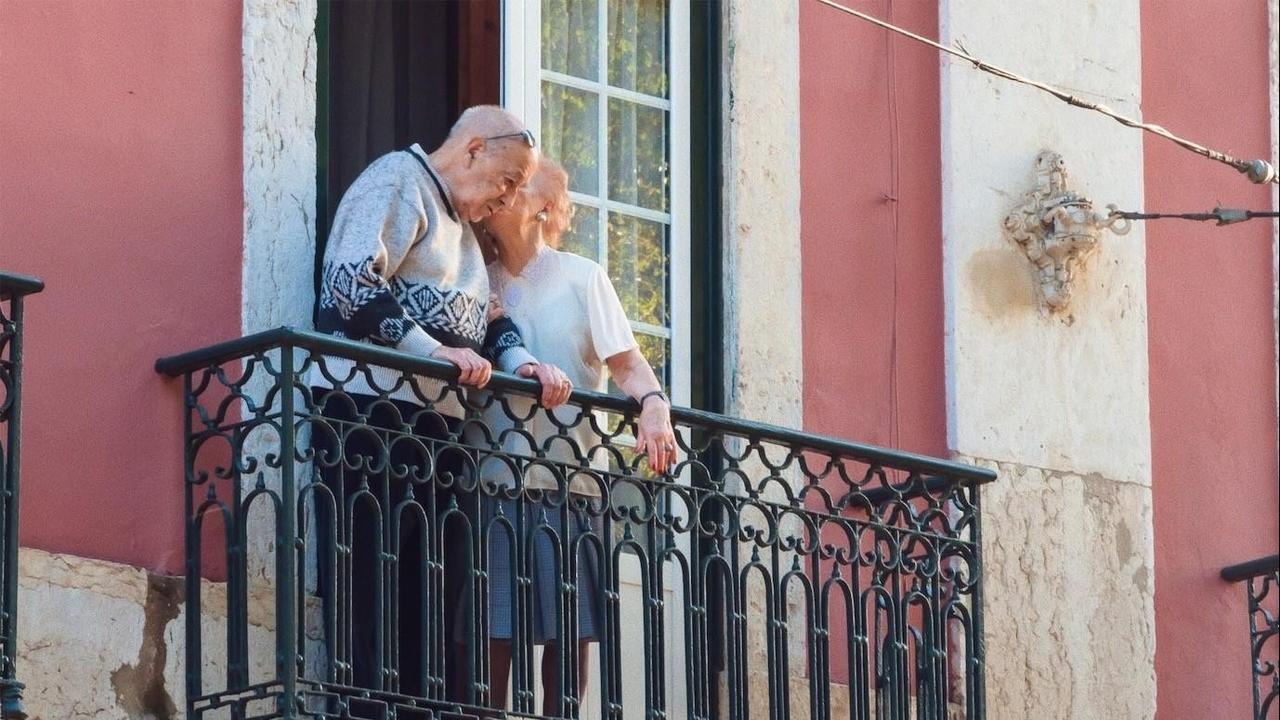Secure Enough to Be Spontaneous
Apr 13, 2014
by Hans Jorg Stahlschmidt, Ph.D., PACT faculty, Berkeley CA,
Website: www.stahlschmidt-therapy.com
Email: [email protected]
Burnout is common among psychotherapists. Countless articles and books deal with reasons for and prevention of burnout. However, some instances of burnout are nearly impossible to prevent, given dysfunctional institutional settings, demanding and taxing work hours, and a difficult and acting out clientele. Many commentators have opined that psychotherapists may lack sufficient self-care to counter the ongoing stress of dealing with the psychological pain and trauma of their patients, especially in the context of isolation characteristic of this profession.
For me, becoming a PACT therapist has proven to be the best burnout prevention. This approach requires a strong therapeutic frame and a complex set of skills that is rooted in a defined conceptual foundation. It also allows a freedom I have not experienced in other therapeutic approaches. This is the freedom to make use of one’s self and to allow spontaneity in the therapy room. This, in turn, makes work not only more fun and more exciting, but also more rewarding.
PACT focuses on the expressions and signals of the autonomic nervous system. PACT therapy is a bottom-up, show-me process. As therapists, we have to know about our own facial expressions, gestures, and how we come across to others, so we can regulate more intentionally and effectively. To be master regulators who can facilitate a more real, truthful, and authentic relationship between partners, we have to be able to regulate ourselves.
The emphasis in PACT is on “regulating,” which does not mean controlling or being neutral or reserved. I remember being in a psychoanalytic training group 22 years ago and feeling I had to apply a sense of carefulness and guardedness because self-expression that revealed too much about my personhood would contaminate the therapeutic work. That stance required me to exhibit reserve and the control of emotional expression in order to be seen as a neutral figure upon whom the patient could project his or her inner processes. The interaction was limited, and spontaneity rare.
As humans, we can feel and see the difference between a limbic smile and a social smile. Our patients can detect the difference between artificial warmth and authentic warmth, and between simulated empathy and authentic empathy. Because we are in the business of limbic regulation, as therapists we can’t rely on social and artificial signaling in our interactions with couples. We have to be able to bring into play real responses.
Our patients can detect our fear and will not trust us if we pretend. If we are overly guarded, we will not be effective in our attempts to move a couple toward secure functioning. We need both a sense of our own security and a sense of freedom to be able to let feelings, thoughts, impulses, and desires arise and guide our interactions so they do not create a “minefield” and resemble the more careful and guarded stance of previous approaches.
My freedom starts when I greet a couple in the waiting room. I am really happy to see them. I look forward to being with them. I can’t help but smile. I think it is a limbic smile. It is part of “falling in love” with the couples with whom I work. Ten years ago, I did not always fall in love with the couples with whom I worked. But now I do.
An essential challenge to becoming a PACT therapist is to move oneself toward secure functioning. With a stance of secure functioning, the internal regulatory and emotional field of the therapist is not experienced as a minefield that necessitates stepping carefully and gingerly. Rather, the internal vicissitudes can be trusted, and the freedom to risk spontaneous expression can be modeled for the couple.
According to PACT, a therapist is more like a host who can make the couple feel at ease than like an intimidating expert. PACT therapists develop the capacity to relax and then move in. They find a rhythm in their work that includes spontaneity and the ability to trust their own sources of inspiration. In the words of Stan Tatkin, we move from inspiration rather than pressure.
Copyright Hans Stahlschmidt

